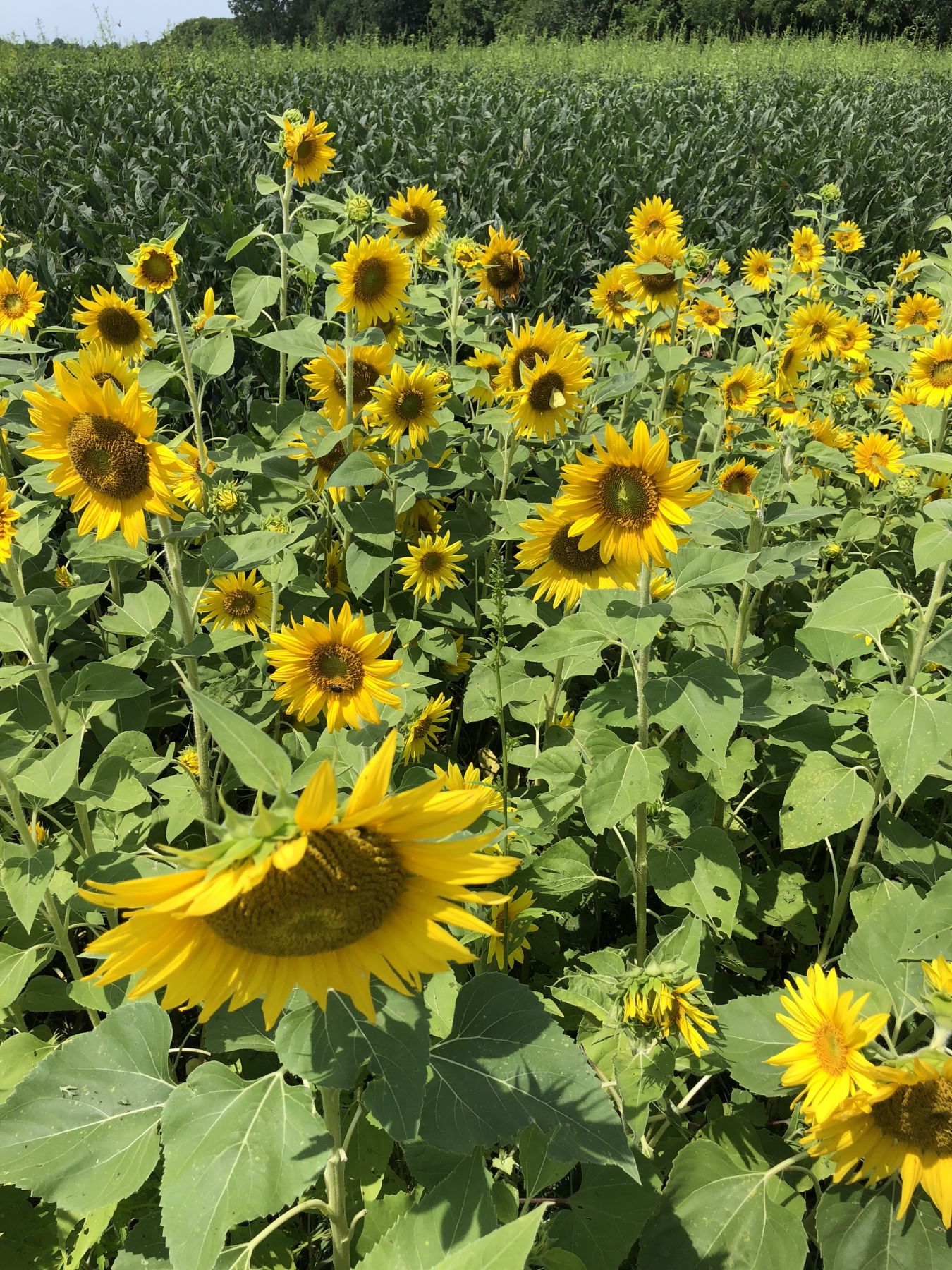Fall is an ideal time to plant many woody trees and shrubs, but before you grab the spade and start digging a hole, consider the suitability of the site where it is to be planted, the species involved, growth characteristics of the tree, the tree’s age, and how the nursery plants were grown. University of Illinois Extension horticulture educator Rhonda Ferree offers some general information and tips for planting a tree that will thrive in the fall.
“Nursery stock is usually offered for sale in the following ways: bare root, packaged, potted, container grown, and balled and burlapped,” Ferree said. “These designations relate to the way the plants were grown and how they are being marketed. For example, bare-root stock has exposed roots that are very susceptible to drying out and therefore need to be kept moist until planting. Packaged plants are similar to bare-root plants, except they have their roots in a loose, moist organic material. Potted plants are bare-root stock that have been potted into containers and sold shortly thereafter. Potted plants differ from container-grown plants in that they were not grown in the original containers. Balled and burlapped stock are generally more durable than their bare-root counterparts because they contain a large soil ball with the root system relatively intact.”
To plant a tree, Ferree recommends digging a hole about 50 percent wider than the root ball or root spread of your tree. It is extremely important to plant all trees at the same level in the soil at which they were originally growing—no shallower and no deeper. Starter fertilizer can be applied with the first watering after planting.
Once the tree is set into the planting pit, backfilling should be done by shoveling in and firming the soil around the root ball. Ferree recommends that a water basin be formed around the base of the plant to hold water, allowing it to soak in rather than run off. When watering new trees, make sure that the plants never dry out. Keep the soil moist at all times during the first season.
“It’s also a good idea to mulch newly planted trees with shredded hardwood bark, compost, or coarse peat moss,” she said. “These materials conserve moisture, retard weed growth, and help maintain a more even soil temperature. A 2- or 3-inch mulch is usually plenty for one season.”














